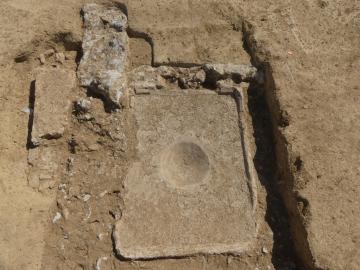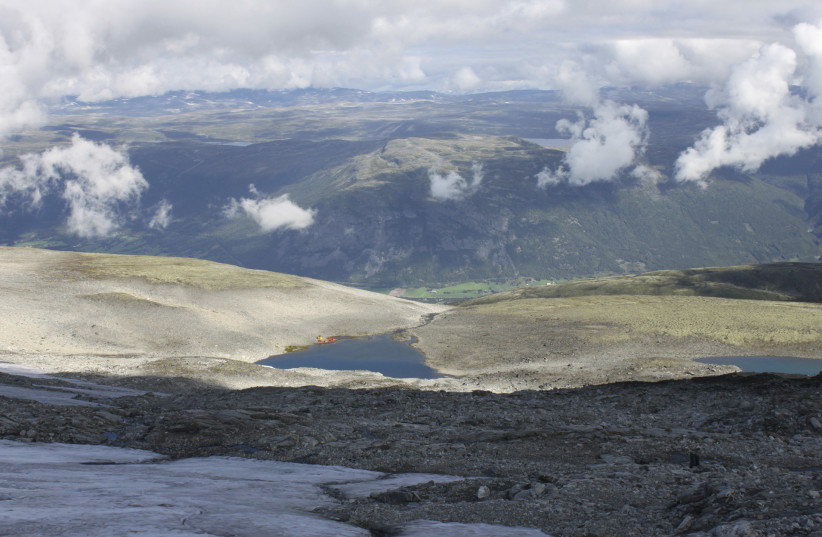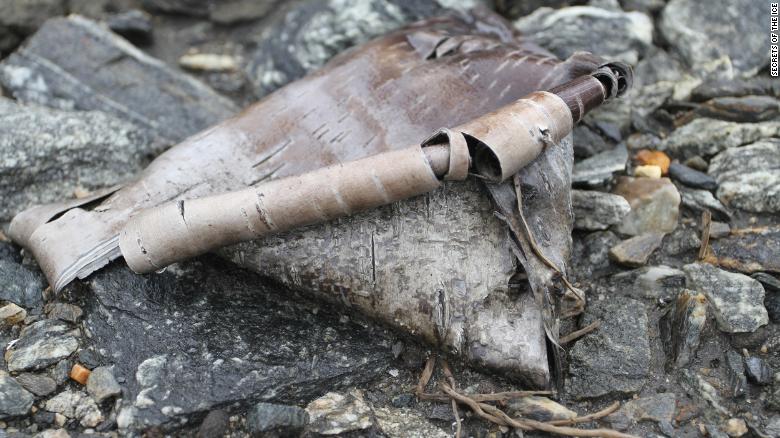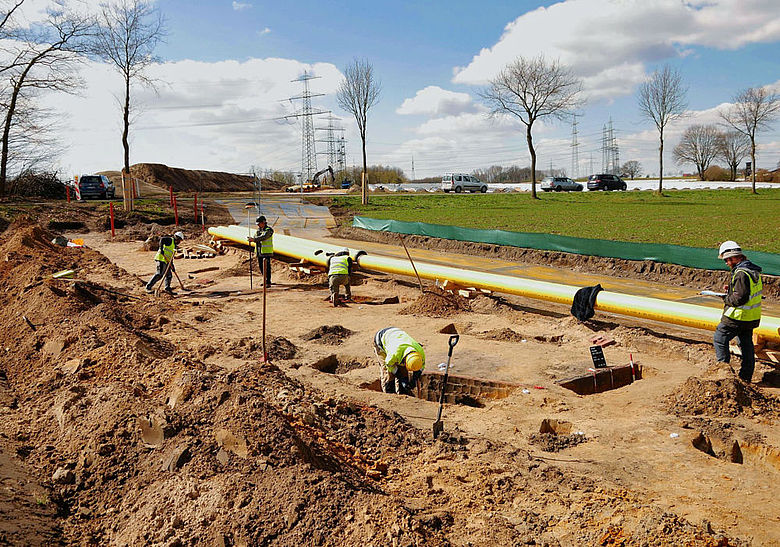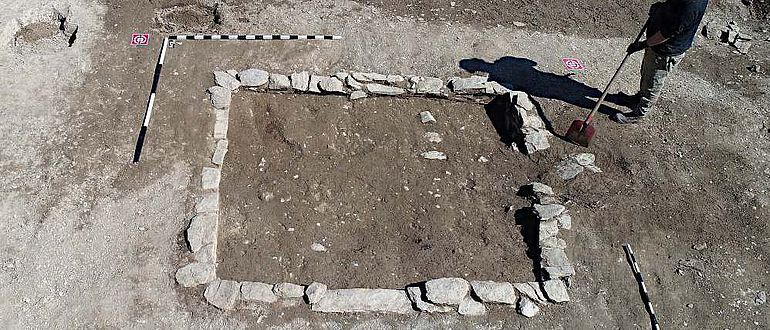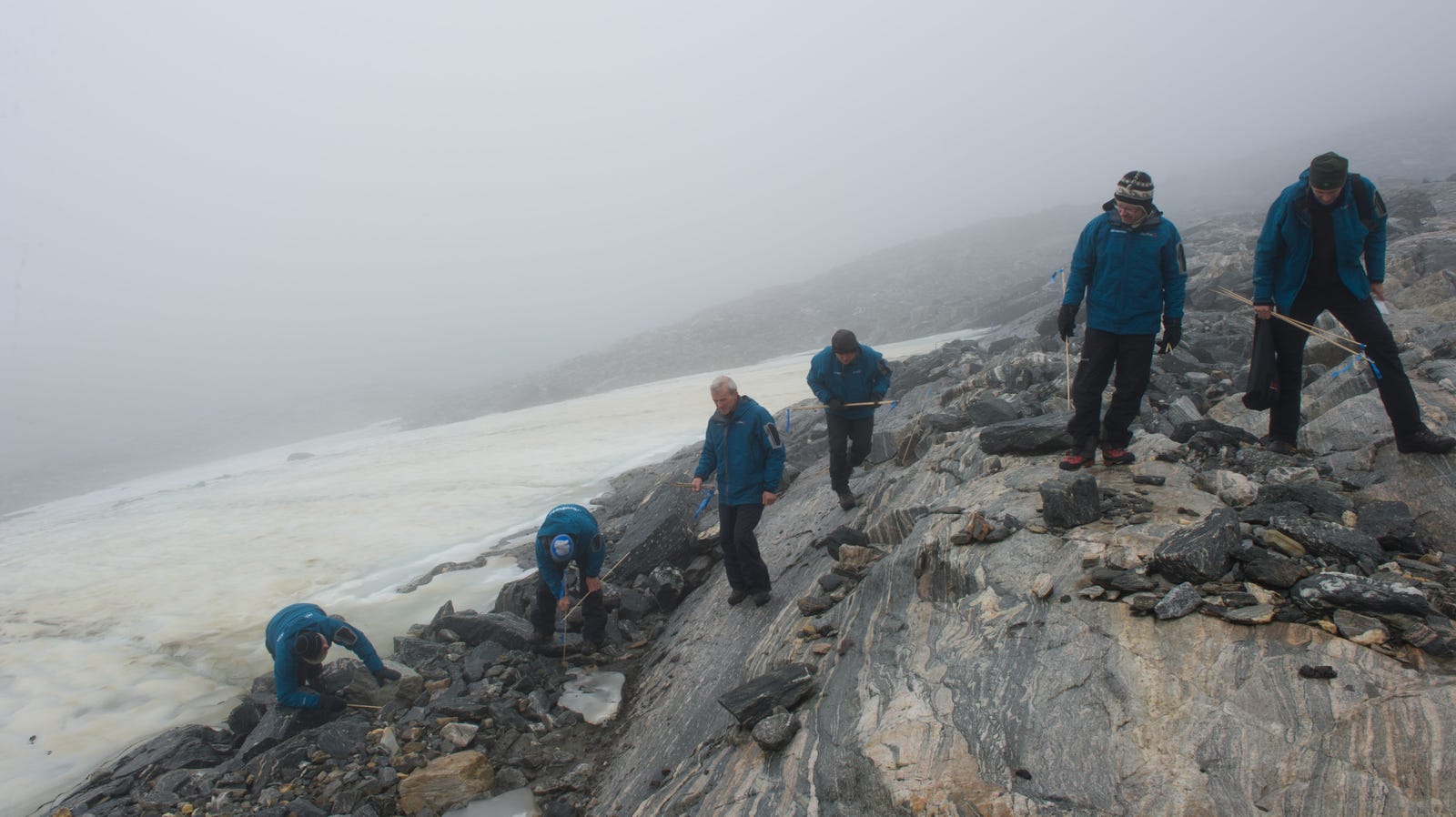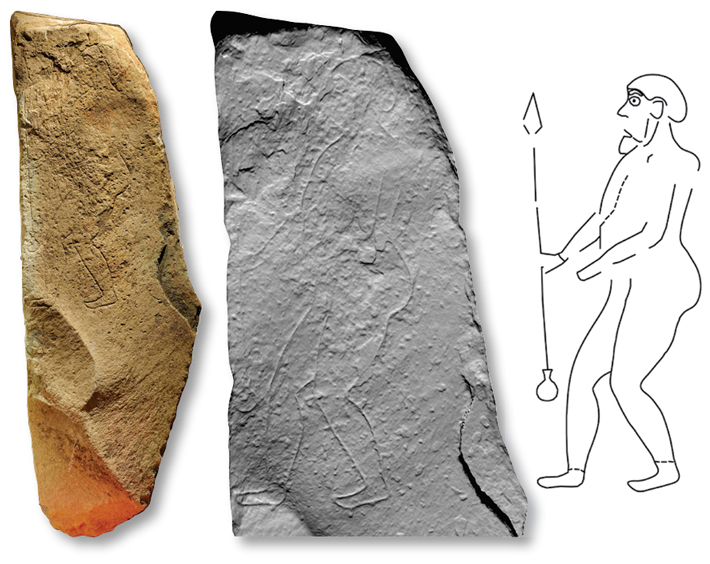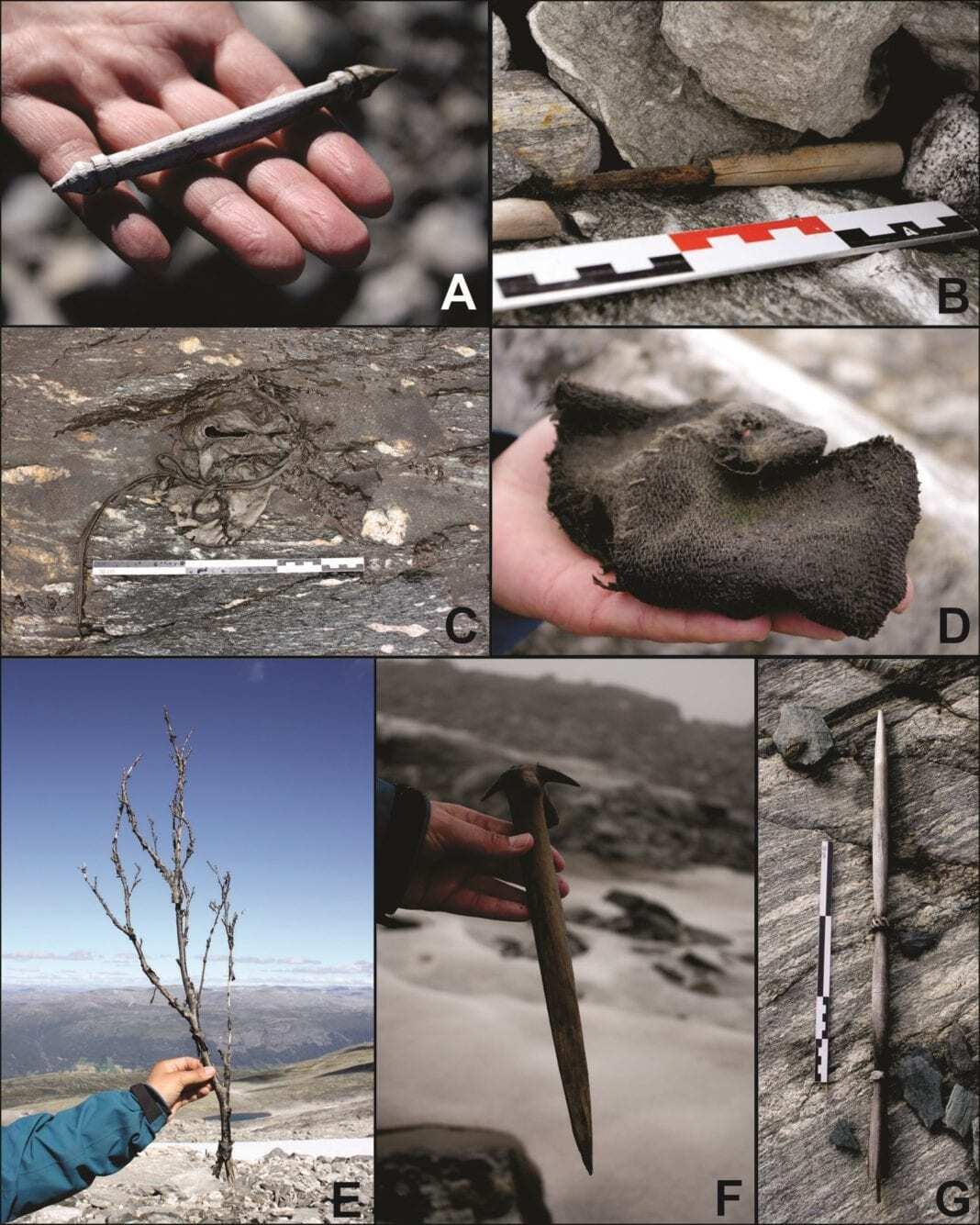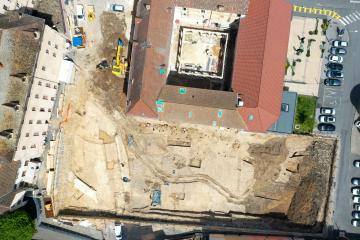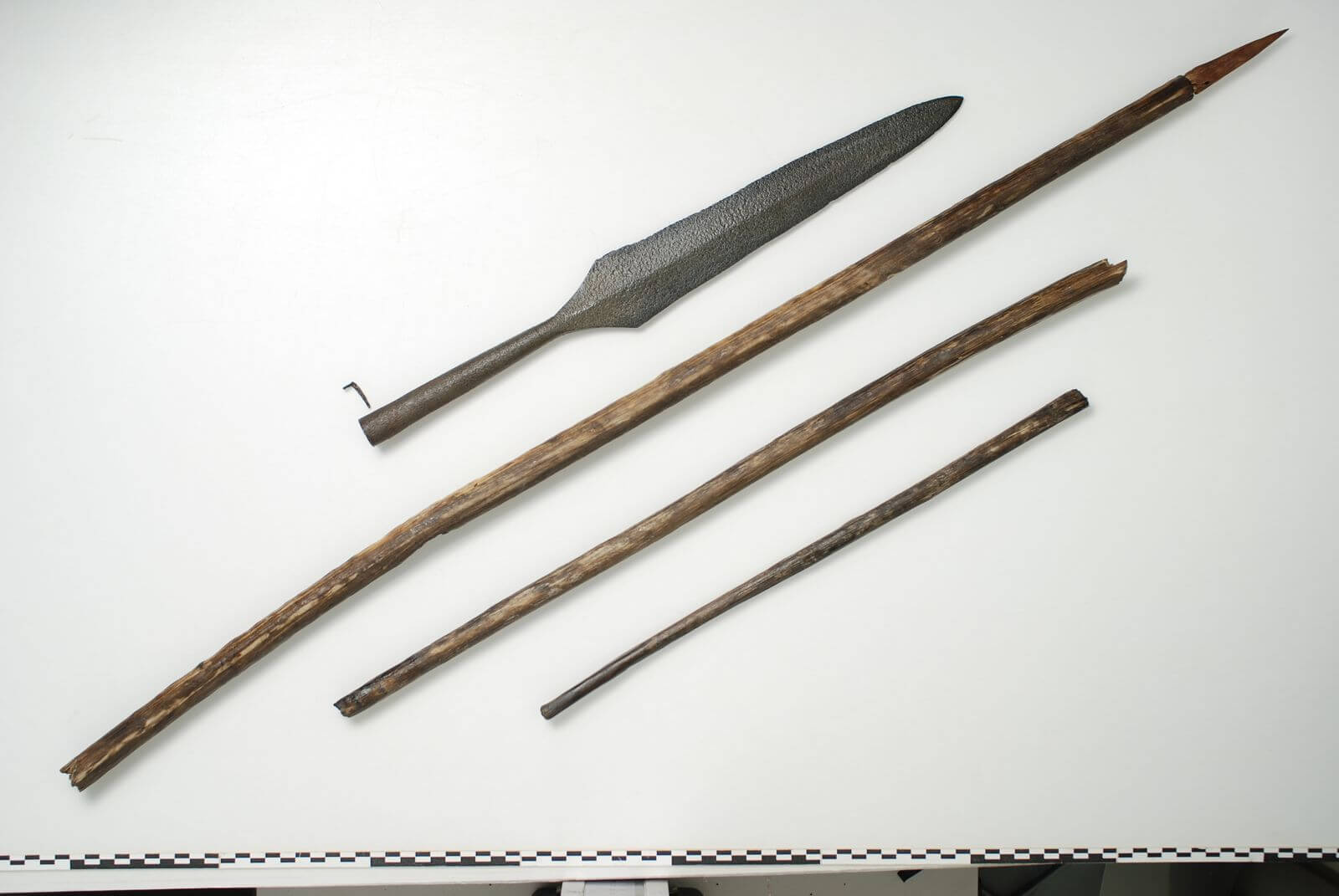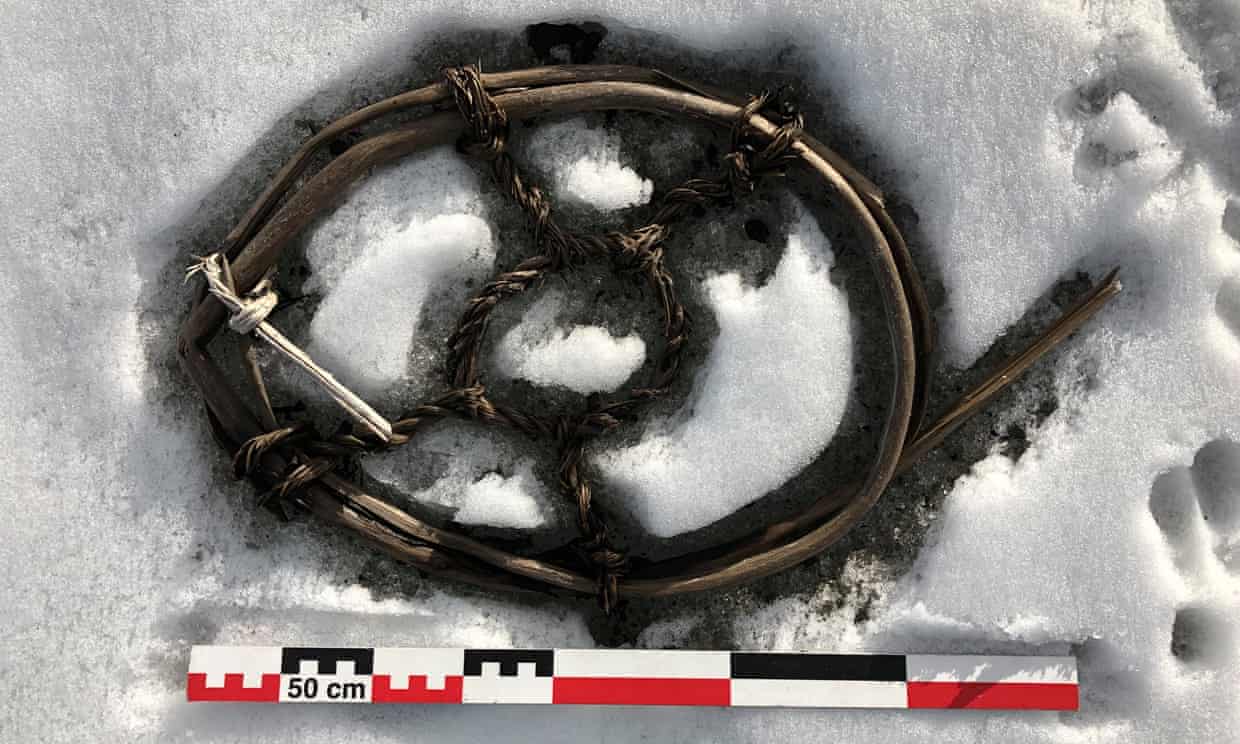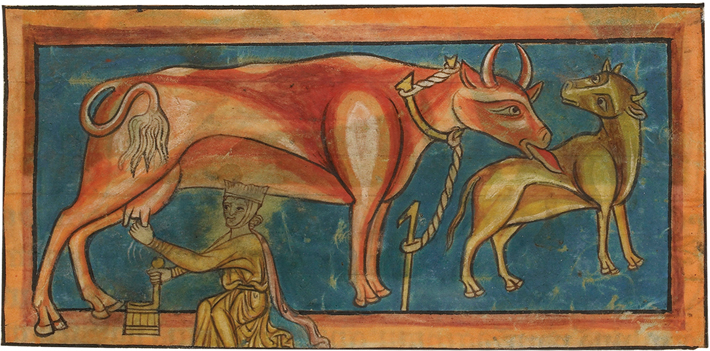Photograph: The Lewis Chessmen. © The Trustees of the British Museum
Got some browsing time on your hands? Load up the British Museum’s website. Yesterday the museum decided to do an earlier-than-planned unveil of its revamped online collection. It’s now the biggest database of any museum in the world, with more than 4 million objects to click through.
The collection features the museum’s most famous artefacts, like the Rosetta Stone, the Parthenon Sculptures, along with every item the institution holds from Ancient Egypt.
But there are some new additions too – including 280,000 new object photographs that are being published for the first time. Among them are images of 73 portraits by Damien Hirst and a watercolour by the Pre-Raphaelite Dante Gabriel Rossetti that until recently had been thought lost. You can also look for works by Kara Walker, William Hogarth and Rembrandt in a digital archive of 75,000 art prints. If you’re more into coins, they have about 50,000 of those – medieval, Tudor, the works. Fill your boots.
Read the rest of this article...


